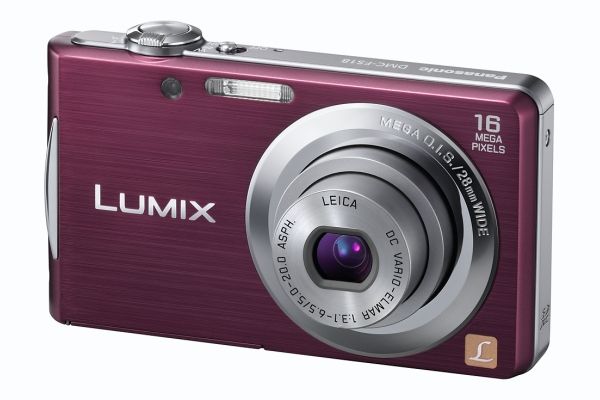Why you can trust TechRadar
Panasonic Lumix DMC-FS18 Review: Performance
The Lumix DMC FS18 is aimed at the buyer who wants a fuss-free approach to their photography and the lightmeter, a standard evaluative type, analyses the scene well to give pleasing results. Some exposures can be on the light side, but this is not a real problem and if necessary, is easily remedied by use of exposure compensation.
Overall the dynamic range of the images is well controlled, but extreme scenes can suffer from clipping of either highlights or shadows. Generally images are rendered with a satisfactory exposure balance across the tonal range.
As you would expect with a camera in this class, the auto-white balance is very good and the camera was left at this setting most of the time. If you wish to choose a specific white balance setting for a lighting situation, there are a five pre-sets available to choose from, including an option to shoot a custom white balance for very tricky situations - it's a useful option to have.
The Lumix DMC FS18 has an sensitivity range from ISO 100 through to ISO 1600 that give pleasing results, even at the maximum value. There is a tendency for ISO1600 images to have a slight magenta cast, but it's not too dramatic and the results are more than acceptable.
The Leica DC Vario-Elmar Aspherical zoom (28mm-112mm) lens produces images with plenty of information at ISO 100, with fine detail being sharp and clear. It is only from ISO 800 onward that the finer detail begins to soften. Edge definition is clearly visible, but contrast appears reduced leading to a reduction in fine detail definition.
Image distortion is negligible and careful study is required to find the slightest hint of barrel distortion can be detected. In the real-world photographic situations the distortion would go unnoticed.
Chromatic aberration is well controlled, but there are some situations (such as areas of high contrast) where minor blue fringing is present, but even then the fringing is not too intrusive.
Sign up for breaking news, reviews, opinion, top tech deals, and more.
As you would expect from a camera in this class, JPEG is the only file type available. Raw files would create further work which the Lumix DMC FS18 is not about.
Current page: Panasonic Lumix DMC-FS18 Review: Performance
Prev Page Panasonic Lumix DMC-FS18 Review: Build quality Next Page Panasonic Lumix DMC-FS18 Review: Our sample images